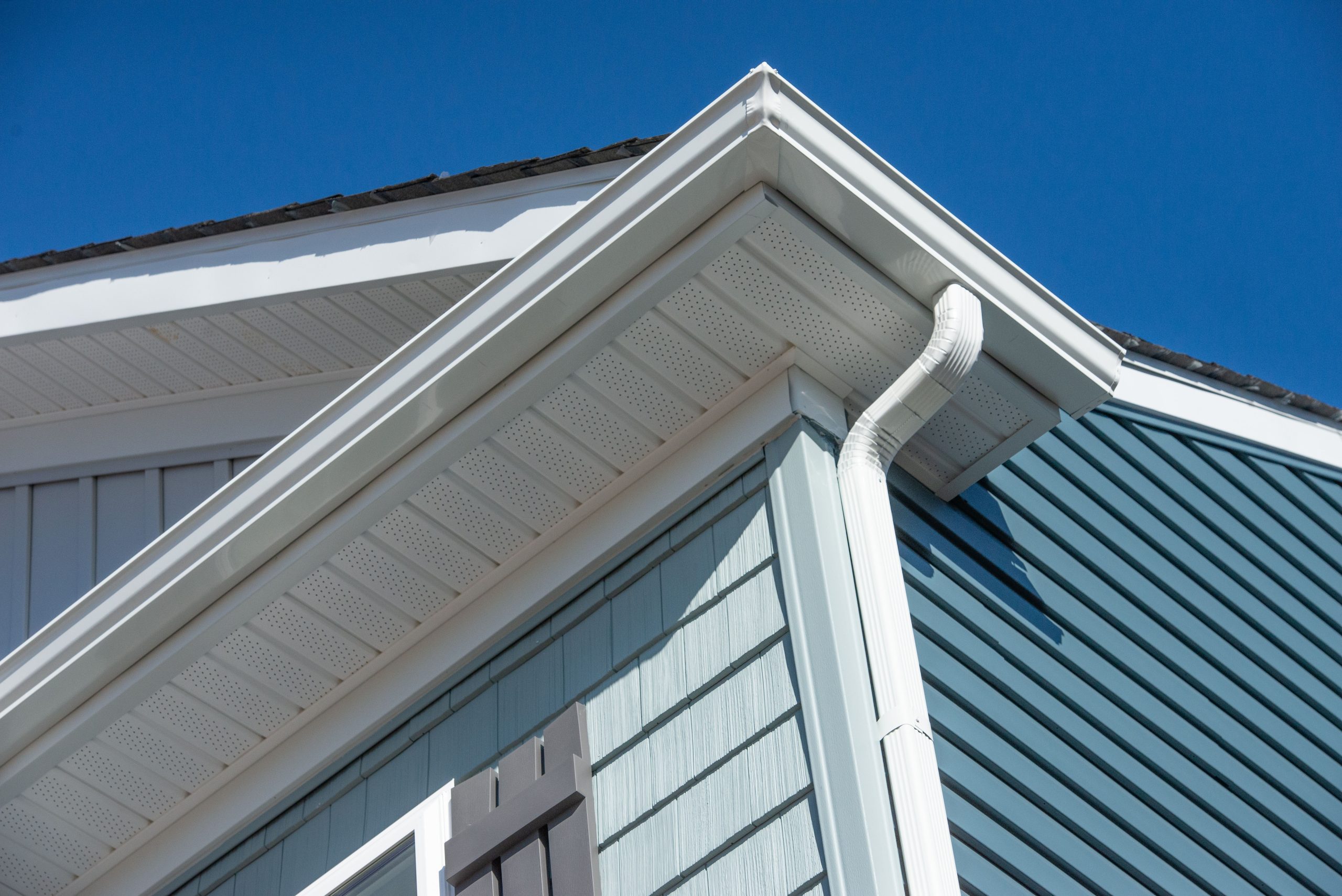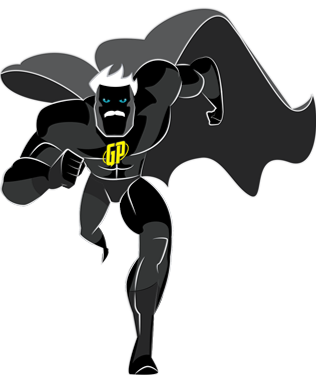Are you planning to install new siding on your house and wondering which option to go with? The good news is, there are plenty of options to choose from. But this can also be a bad thing because it can create confusion if you are undecided about which option to choose. In that case, the best thing is to do as much research as possible, so you are familiar with what each option has to offer in terms of aesthetics, affordability, durability, and maintenance. Generally, each type of siding option comes with its own set of advantages and disadvantages that you can then use to determine the option that works best for you. Read on to find out about the different types of siding every property owner should consider before they start comparing siding companies.
Vinyl Siding
The biggest benefit of vinyl siding is that it’s very affordable and comes in a variety of colors and styles that are aesthetically pleasing. Overall, it’s safe to say that vinyl is one of the most popular options available from siding companies and a familiar sight that can be seen in many home exteriors. People love it because it’s a more economical choice since it’s made from low-cost materials such as PVC. PVC has considerable fire resistance, meaning that it can protect your home from fires. What’s more, according to Thespruce.com, the majority of siding installation can withstand winds of up to 110 mph. However, vinyl siding is generally easier to re-install than other types of siding if it gets ripped off by wind.
Vinyl siding does have its fair share of downsides. The most important disadvantage to note is that vinyl siding is not as durable as other options. It can quickly fade with prolonged exposure to the elements and is susceptible to mold growth if a waterproof is not installed. These downsides can be mitigated somewhat by choosing insulated vinyl siding which is more durable in addition to providing better insulation for your home. Insulated vinyl can help reduce your energy bills by giving you greater control over the temperatures in your home. It can also help you save money on replacement and repairs since it lasts longer than conventional vinyl siding options. The main downside of insulated vinyl siding is that it’s still not as durable as other options.
Wood Siding
Most siding companies have been offering wood siding for a long time and this option has remained popular because of its classic look and the availability of a variety of styles. Wood siding can be typically split into natural wood siding or manufactured wood siding. As the name suggests, natural wood siding has a more natural look because it’s made from the real thing. But it can be pricey and require more maintenance. However, most homeowners consider the investment well worth it because natural wood can be easily customized by repainting or restaining it.
You can still achieve a natural look with manufactured wood siding at a lower cost and with minimal maintenance requirements. The only problem with this option is that it’s more susceptible to moisture which can lead to mold and mildew growth as well as rotting. That means that wood siding may not be as durable as other siding options and will require refurbishment here and there. The other thing is that wood is generally at risk of house fires because of its high combustibility. The only way to minimize this risk is by adding a fire-resistant coating to the siding which can further increase the costs associated with choosing wood siding.
Fiber Cement Siding
If you’re looking for the most durable siding option on the market, you can’t go wrong with fiber cement siding. This type of siding is known for being able to withstand harsh elements so it’s suitable in areas where the weather can get particularly intense. Another thing that can contribute to the longevity of fiber cement is its flexible design which enables it to be painted over so that it looks fresh each time. Fiber cement is typically made by mixing wood pulp with cement. The final look is very similar to vinyl especially since they both come in a variety of styles and colors and are low maintenance. The only difference is that fiber cement offers a more genuine look and is more durable. What’s more fiber siding can be made to resemble various types of siding such as wood siding.
When it comes to the downsides of fiber cement, you find that it tends to be more expensive than other options. This high cost also extends to its installation because of the considerable labor time. In addition, fiber cement is not very energy-efficient as it does not provide extra insulation for your home. Also, since it’s made partly from wood pulp, it’s vulnerable to moisture which can lead to problems such as mold growth.
Metal Siding
Metal siding is another durable option that is well worth the investment because of its ability to withstand harsh weather elements. Overall, metal siding tends to have increased longevity and durability. It’s engineered to be fire-resistant and mold resistant. Whether it’s made from steel, aluminum, or some other type of metal, metal siding will not warp, bend, rot, or be destroyed by pests easily. This makes metal siding low maintenance and this can save you money in the long run. Another advantage of metal siding is that it can also be eco-friendly. That’s because it’s recycling so it will not end up populating landfills and causing environmental degradation. Metal siding can also be aesthetically pleasing since it can be manufactured to resemble different types of siding.
Moving on to the cons of metal siding, it’s usually more expensive than other types of siding, such as vinyl siding. In addition, it does not have enough soundproofing properties which can be a problem when it rains or if you live in a noisy area.
Brick Siding
Like wood siding, brick is another classic option to choose from. It comes with various benefits chief among them being fewer maintenance requirements. Brick siding doesn’t need to be repainted and does not fade from too much sun exposure. It’s very durable because of its weather and fire resistance. Brick siding is also very beautiful to look at and very eco-friendly because it’s recyclable, biodegradable, and made from natural materials. So installing brick siding can help reduce your carbon footprint significantly when combined with other measures like an energy-efficient roof or windows. However, it doesn’t come with a variety of options. More disadvantages associated with brick include expensiveness. Another option you can find from siding companies that are similar to brick is stone veneer siding. In a nutshell, this option is more affordable and lightweight than real heavy stone or bricks. It can be used to achieve nearly the same appeal for a fraction of the cost.
Siding not only helps protect your home but can also boost your home’s curb appeal. Therefore, it’s important to do your homework, so you know the best type of siding that provides the right safety features, aesthetic value, and other requirements that you’re looking for. Keep the above-mentioned information in mind as you begin investigating your local siding companies. To save yourself considerable time contact us to discover which option suits your budget and needs. We at Hodges Roofing and Siding are siding experts with many years of experience under our belt, so we are confident we can help you find an effective siding solution that can beautify and protect your home.




